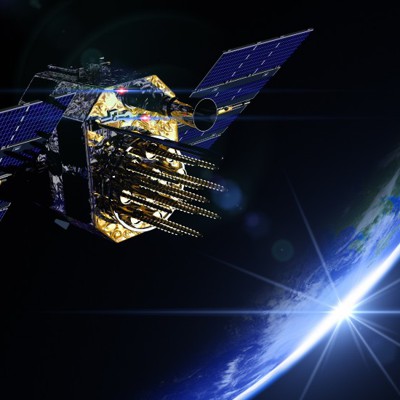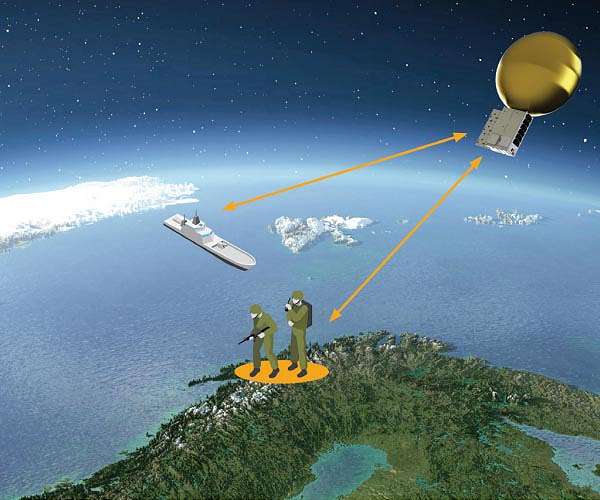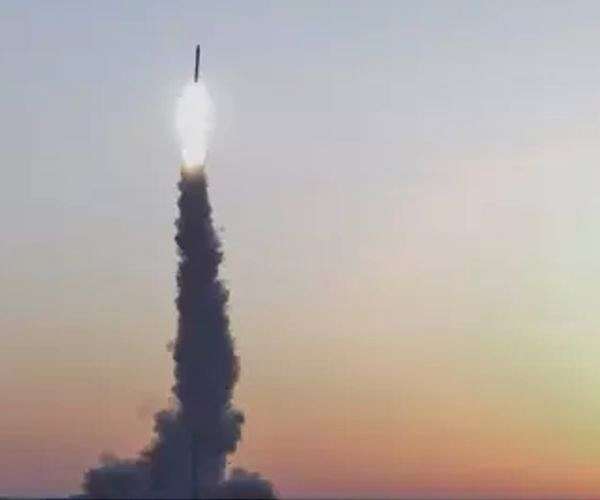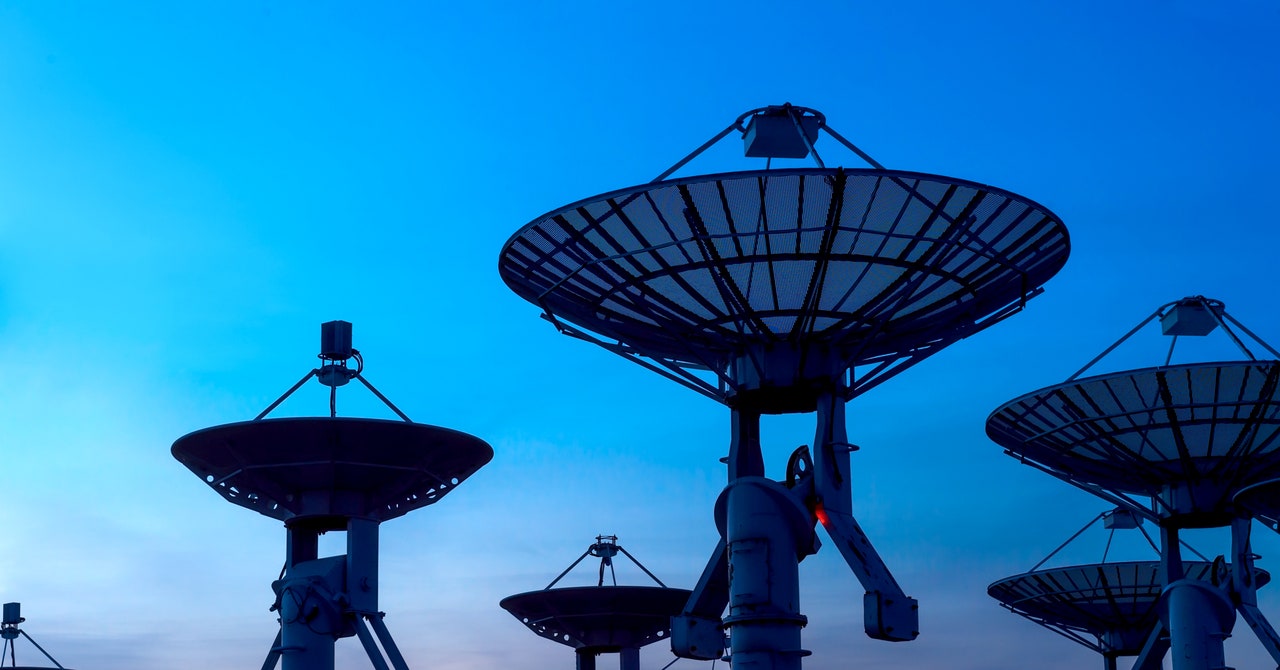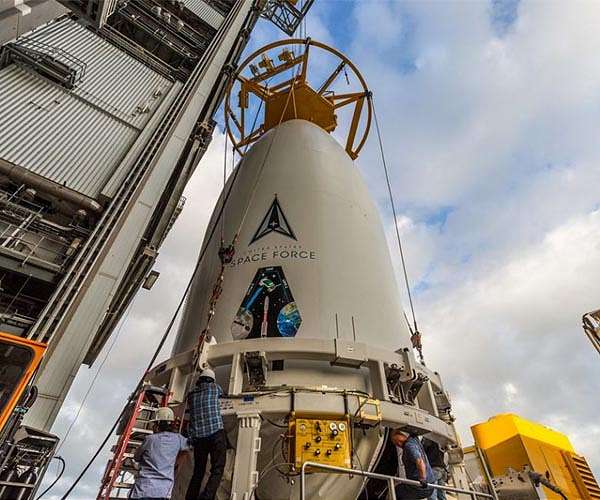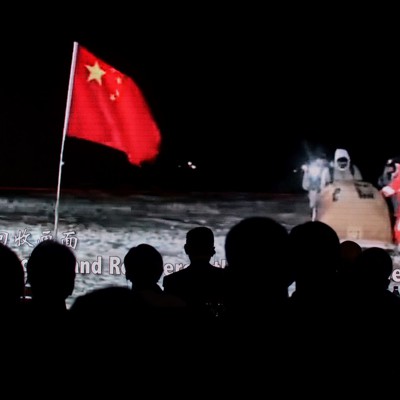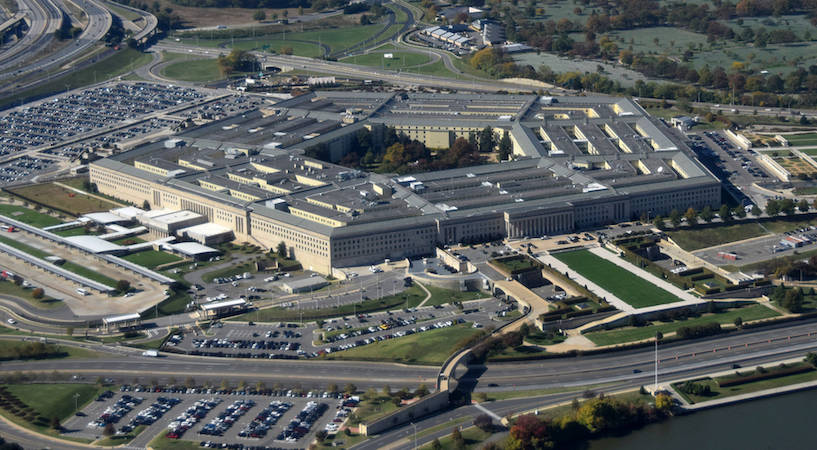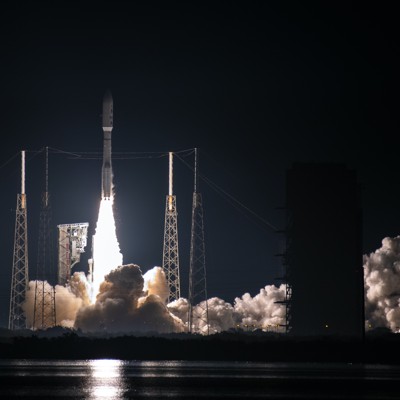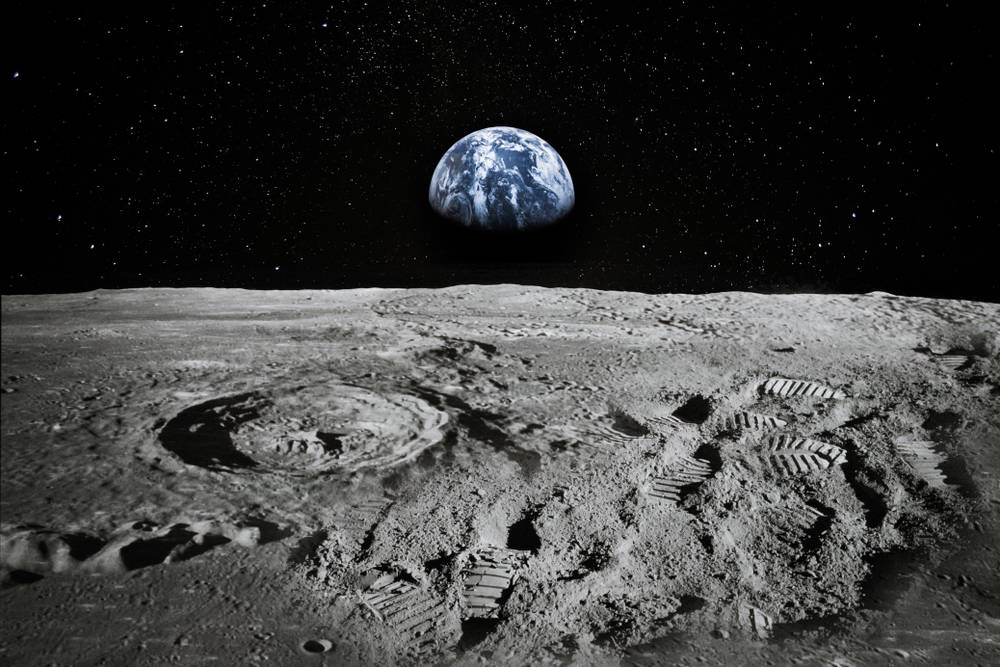Northrop Grumman and Ball Aerospace will design and develop the two mission payloads for the U.S. Space Force's Next Generation Overhead Persistent Infrared Polar (NGP) program.
"NGP combines Northrop Grumman's proven experience in missile warning and defense with Ball Aerospace's expertise in optical sensors and mission data processing," said Sarah Willoughby, vice president, overhead persistent infrared and geospatial systems, Northrop Grumman. "Our team's solution for NGP will assure continuous coverage of the northern hemisphere - especially the critical Arctic region - to protect against incoming threats."
In May 2020, the U.S. Space Force awarded Northrop Grumman a $2.37 billion contract for the first phase of NGP program. Together, Northrop Grumman and Ball Aerospace will design and develop the sensor payloads for the two NGP satellites at Northrop Grumman's site in Azusa, California. The team will also perform systems engineering, flight hardware and ground system design and development, and risk reduction in support of a critical design review.
The two satellites, operating in highly elliptical orbits, will include infrared sensors to detect and track ballistic and hypersonic missiles; an enhanced communication system that will transmit mission data to the ground, allowing decision makers to identify infrared heat signatures of incoming threats; and resiliency features that reduce vulnerabilities to counter-space and cyberattacks.
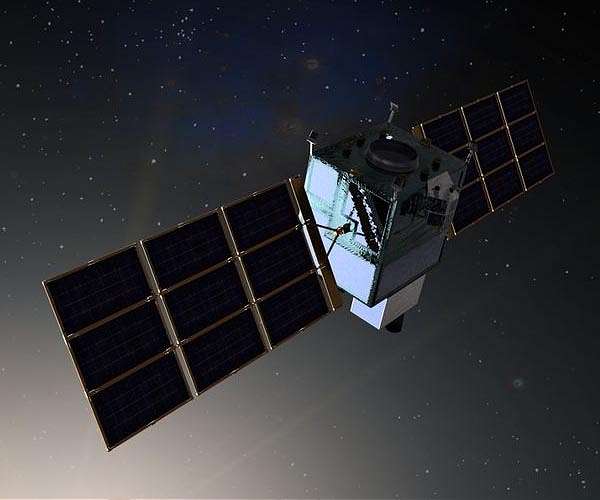
Northrop Grumman and Ball Aerospace to develop new missile warning system sensor
Los Angeles CA (SPX) Mar 02, 2022 - Northrop Grumman and Ball Aerospace will design and develop the two mission payloads for the U.S. Space Force's Next Generation Overhead Persistent Infrared Polar (NGP) program. NGP combines
www.spacewar.com

